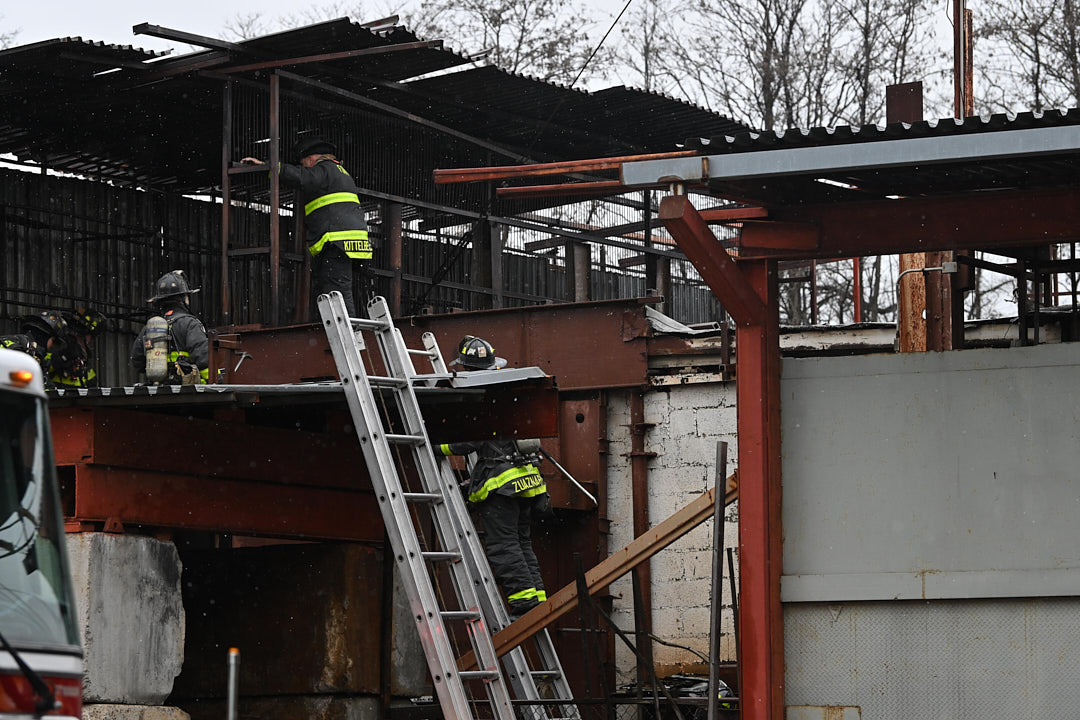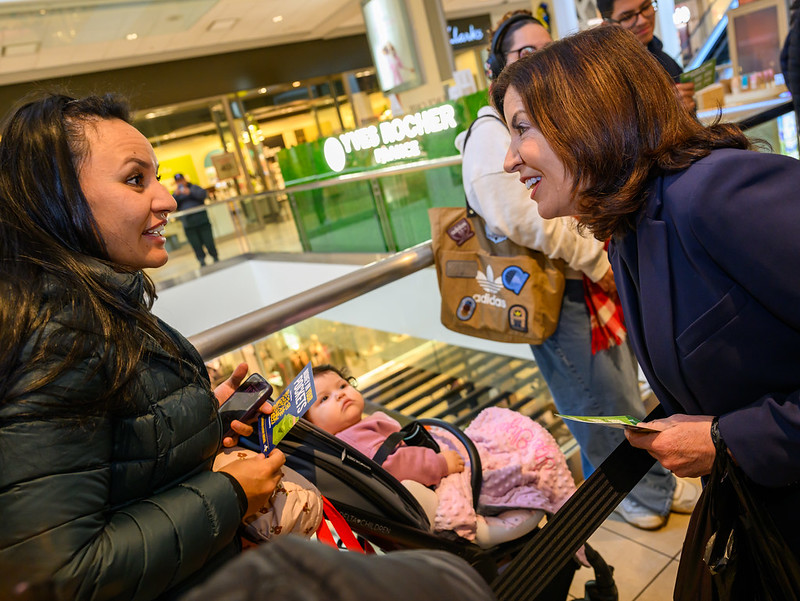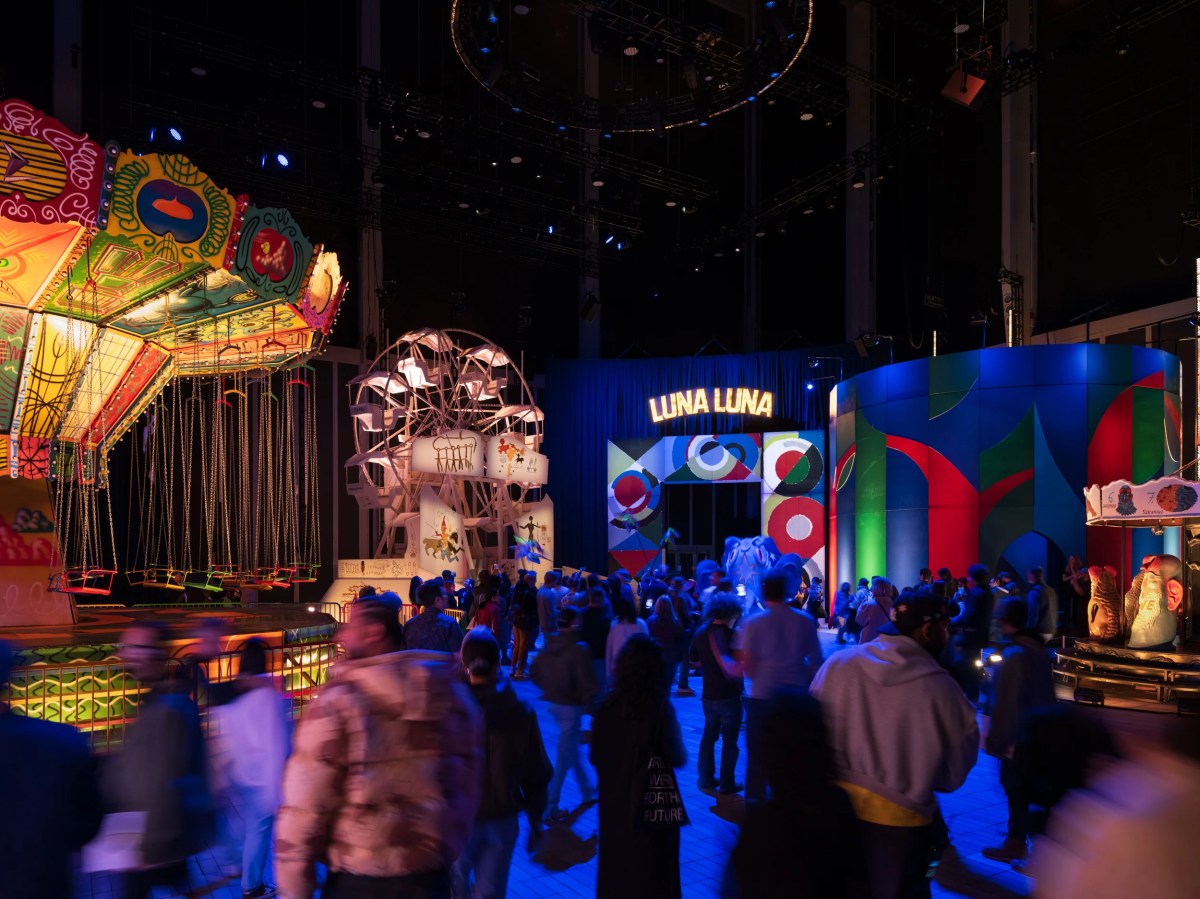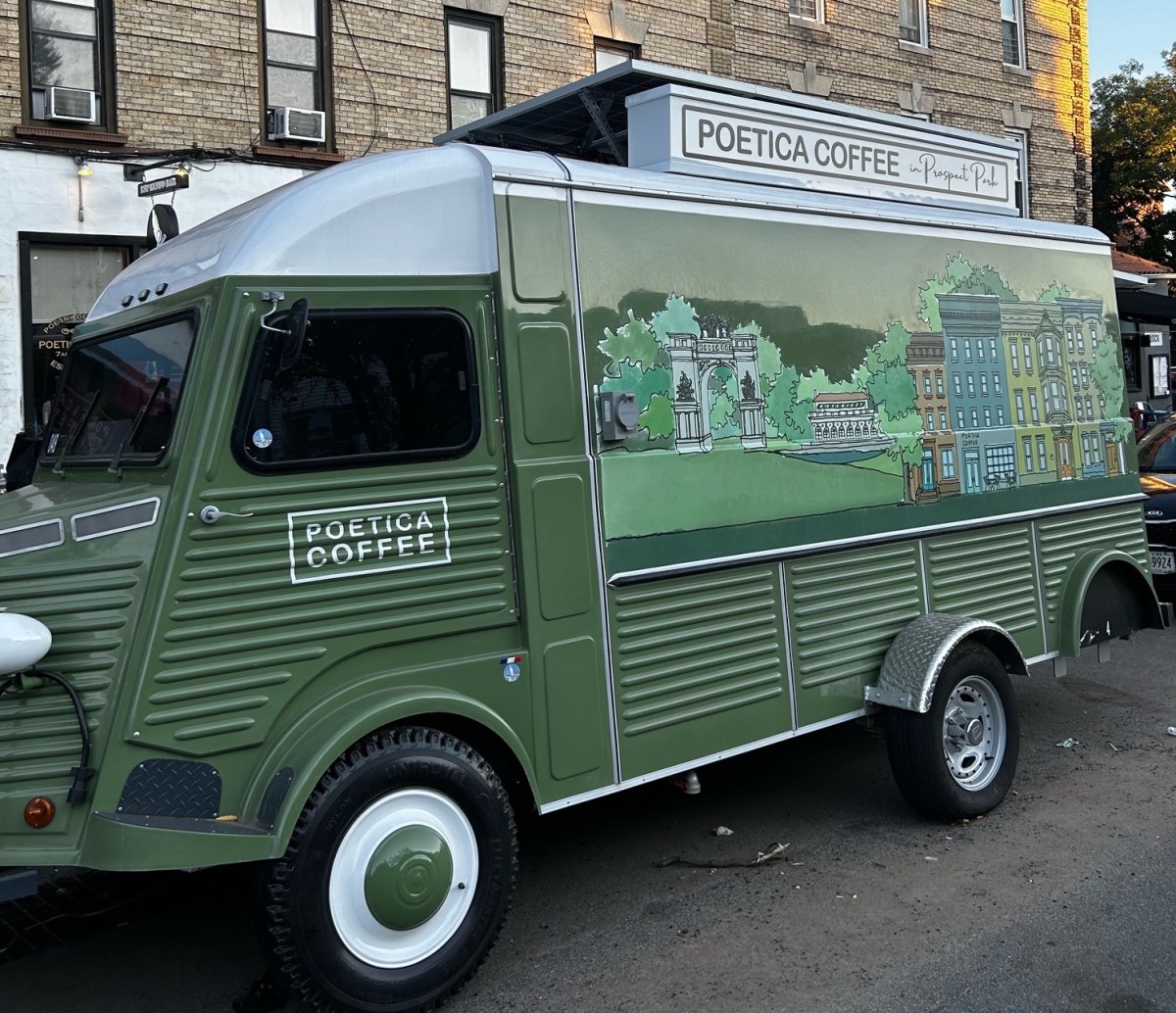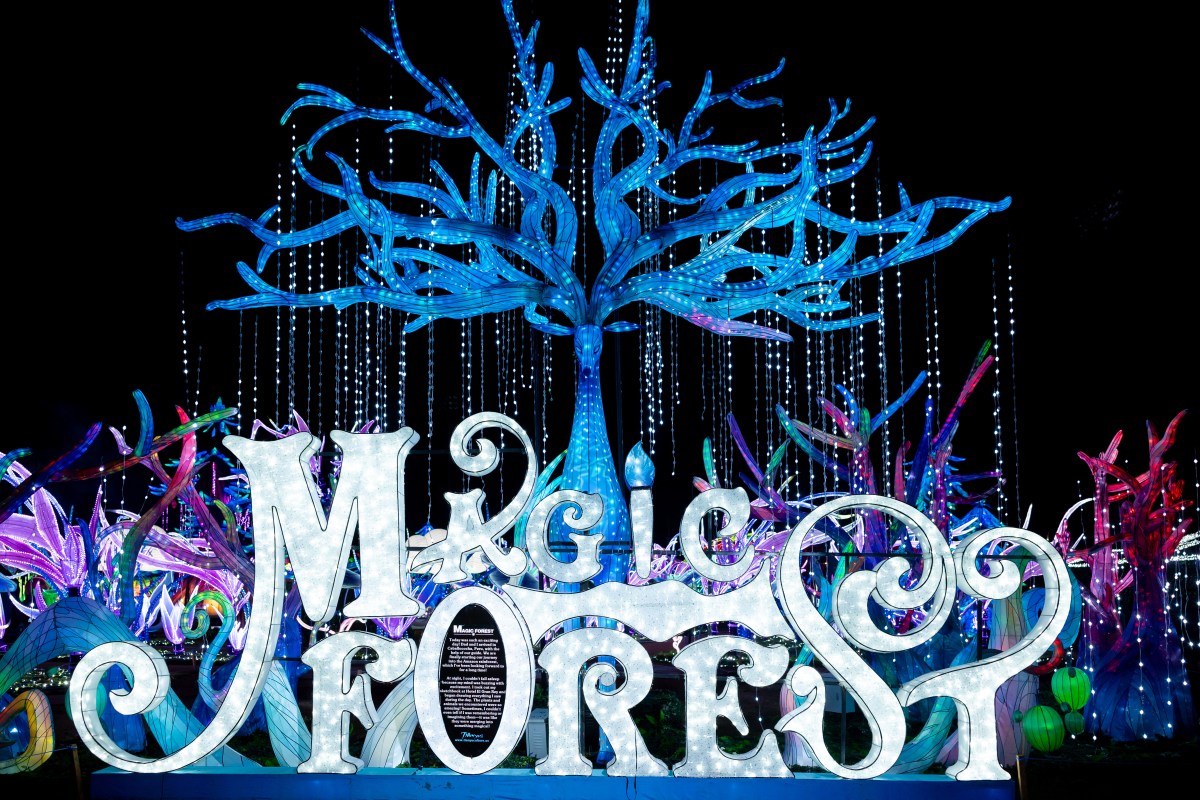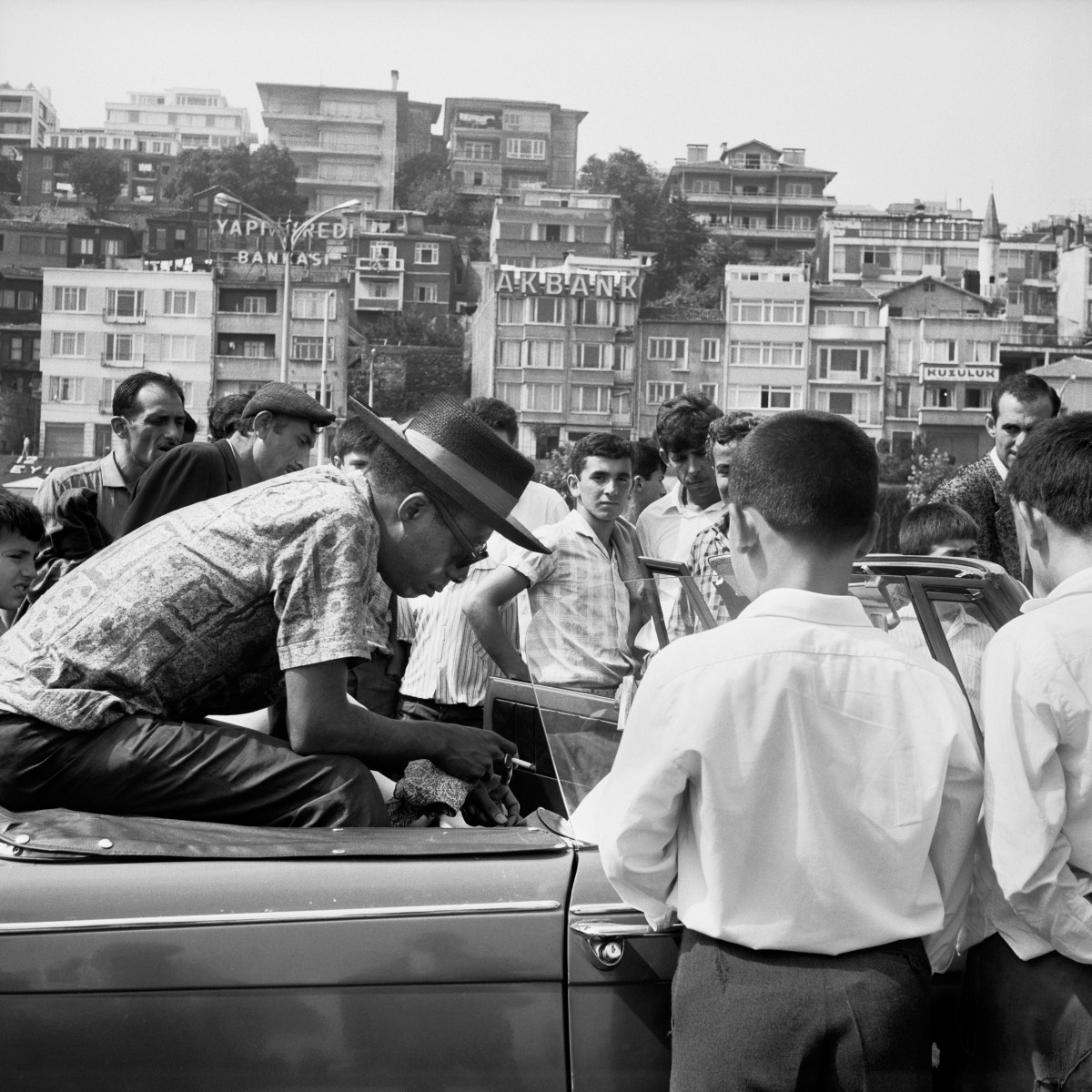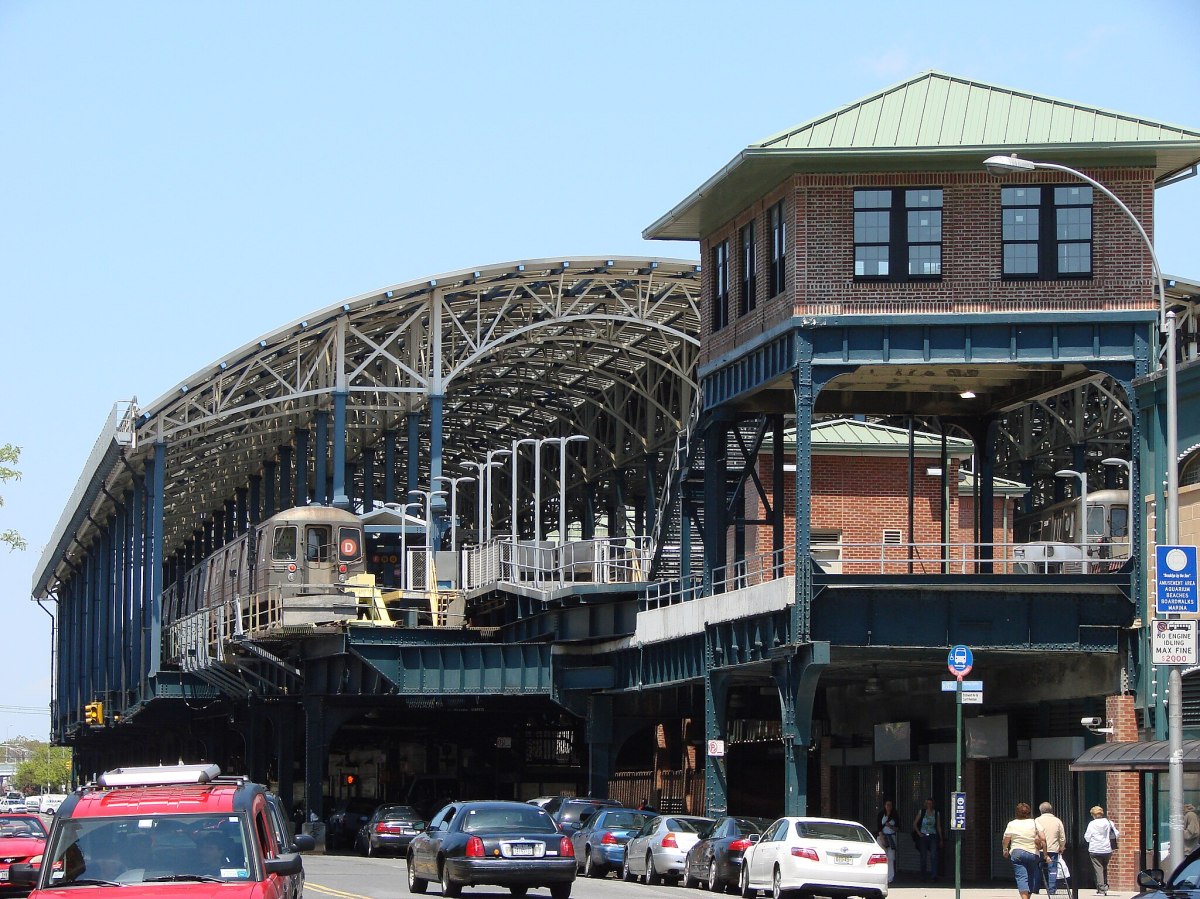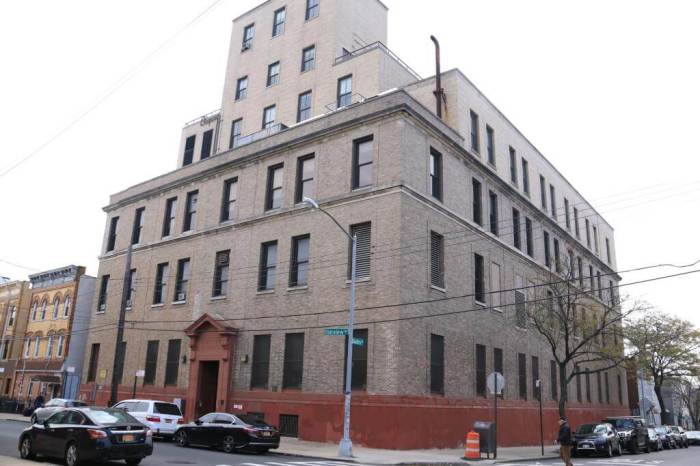
A large swath of upper Manhattan spanning Washington Heights and Inwood is now dubbed a “Little Dominican Republic” — the cultural and commercial designation was put in place this month by elected officials in a symbolic gesture recognizing the contributions of the Dominican immigrant population that spans the conjoined neighborhoods.
But to longtime locals who have lived, worked and started businesses there, the city blocks stretching from 145th Street in Washington Heights to 220th Street in Inwood have always been a Little Dominican Republic — the city is just now catching on to what Dominicans have known for decades, they say.
“We made it Little Dominican Republic, whether they want to give us that name or not, whether they want to stamp us as Little Dominican Republic — we always called it that anyway,” said Jose Morales, founder of APT78, a marketing and creative agency focused on Dominican, Caribbean and Latino demographics.
The area’s reputation is so cemented, it’s known by those on the island of its origin, Morales added.
“A lot of families that come from the Dominican Republic, the first place they want to come is Washington Heights or Inwood, because they know they can go there and not feel alienated.”
A sense of home
The Uptown-based APT78 is just one of several businesses Morales, who was born and raised in Inwood, has run in the neighborhood — he ran a bar by the same name on Broadway at 189th Street in Washington Heights until 2016, and he currently owns a pizza joint called Bodega Pizza near the same intersection.
Many aspects of Little Dominican Republic were carried over from the island and re-enlivened in the city by the immigrant community, noted Morales, creating the experience of a home away from home for Dominicans.

For example, on main thoroughfares running through the neighborhoods like St. Nicholas Avenue, visitors will find food carts hawking authentic Dominican cuisine, vendors selling fresh fruits and outdoor markets where vendors sell their wares.
“For us to see that day to day in Washington Heights and Inwood gives us the sense of being back home, and that’s why it’s so popular,” said Morales.
“You get a passion fruit juice and a nice empanada — these are things from the islands, they were not created here,” he continued.
These hallmarks of island life and comforts of home are in abundance in Little Dominican Republic — creating places of congregation is what the community does best. When the weather allows, locals gather outside, in the parks or on the sidewalk, to chat or to play a game of dominoes.

“We don’t have too many palaces to congregate, so we just make them — on the sidewalk and local parks, because we have so many of them,” said Mino Lora, co-founder of the People’s Theatre Project, an uptown theater program that serves mostly Dominican youth.
Lora was born in the Dominican Republic and moved to Washington Heights in 2000 for college — that was no accident, she said, as she knew Washington Heights was the place to be for Dominican immigrants. She created her own place of congregation at the People’s Theatre Project in 2009 to amplify the voices of the local youth. They put on roughly 60 productions of varying length with locals aged 4 through 24.
Establishing a resource catering to the youth was important, said Lora, because they help make the neighborhood the vibrant place that it is.
“I think they’re part of what makes Washington Heights amazing — with the fire hydrants open, and the party, making a theme park out of the neighborhood — it’s just great,” she said.
At the theater on Broadway between 213th and 214th streets, participants put on plays that tackle issues impacting the Dominican and other Latino communities, said Lora — that includes housing, immigration, racism and bullying in schools. The project partners with 15 schools, most from Washington Heights and Inwood but several in the Bronx.

“The immigrant and Latino and Dominican experience is important to us — our kids need that representation,” Lora said. “We’re amazing, hardworking talented, beautiful people.”
‘People understand each other’
When it comes to communal spaces, barber shops are also deeply important. More than just places to get a haircut, many are open late and provide spaces to gather and talk, noted both Lora and Morales.
On 207th Street near 10th Avenue in Inwood, business is booming at the Los Taxistas Barber Shop, where on a recent afternoon over a dozen men packed inside to get a haircut and shave.
“(Barber shops) are very important,” said Rob Balles, a barber who has worked at the shop for three years. “The important thing is we relate to each other in here — it’s like people understand each other. We got the same music, the same culture.”

Spanish is more commonly heard than English in the barber shop and in the surrounding streets, noted Balles, which creates a welcoming and familiar environment — a home away from home for Dominican immigrants. The stretch of 207th Street where the shop is situated is filled with eateries where a Dominican seeking the flavors of home can count on being heard and understood, he said.
“They go inside the restaurant and they speak what they want — there are a lot of people who don’t speak English,” he said. “The important thing is how they treat you. If you feel you understand the other person, you feel great.”
A community staple where immigrants can count on being understood and well-fed is John’s Fried Chicken, a Dominican eatery founded in 1974, just a block away from the barber shop.
John’s serves up authentic Dominican dishes one may not be able to find at more Americanized joints, said a longtime employee, including rice and pork dish locrio de longaniza and cow’s feet dish cocido de pata de vaca.

“We try to give the food we eat back home,” said Gregory Rodriguez, the owner’s nephew, who has worked at the eatery for 15 years. “We make stuff other restaurants don’t make, a lot that actually originated (in the Dominican Republic).”
Rodriguez knows everyone who comes through the restaurant, he said, adding that it becomes something of a hot spot between 3 and 4 a.m. when partyers are leaving the nearby nightclubs.
When asked about the new designation, Rodriguez repeated what others have said — he’s happy about the official recognition, but Little Dominican Republic has been alive and well for as long as he’s been alive.
“I usually tell (Dominicans), come to 207th Street, Dyckman (Avenue), and Saint Nicholas,” he said. “I tell them, go to these three places, you’ll bump into every Dominican you know in New York.”
Read more: Jacob Schwartz Sentenced for Child Pornography Charges





